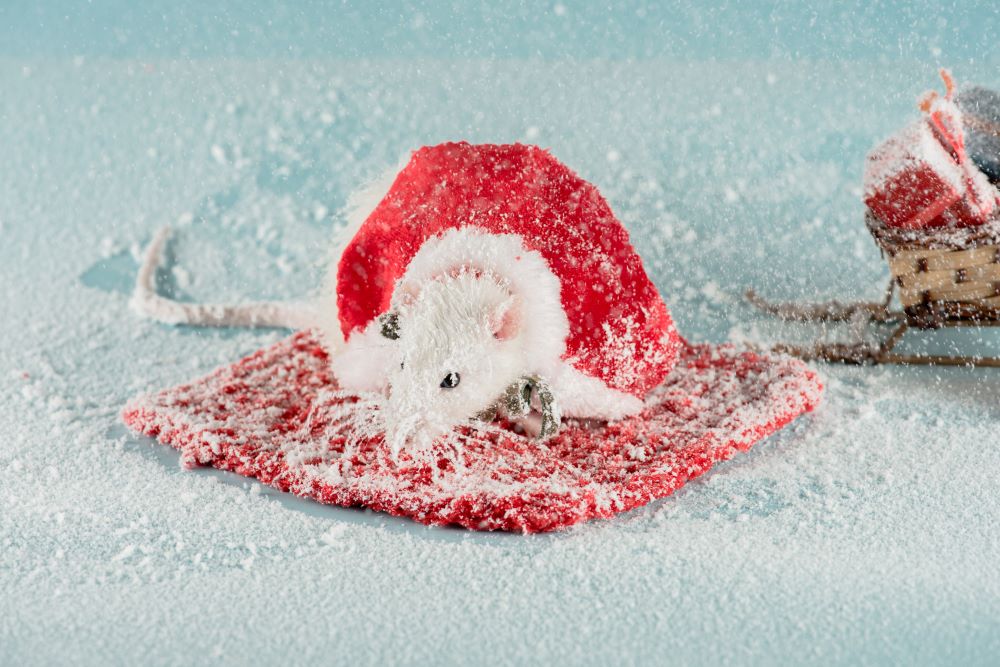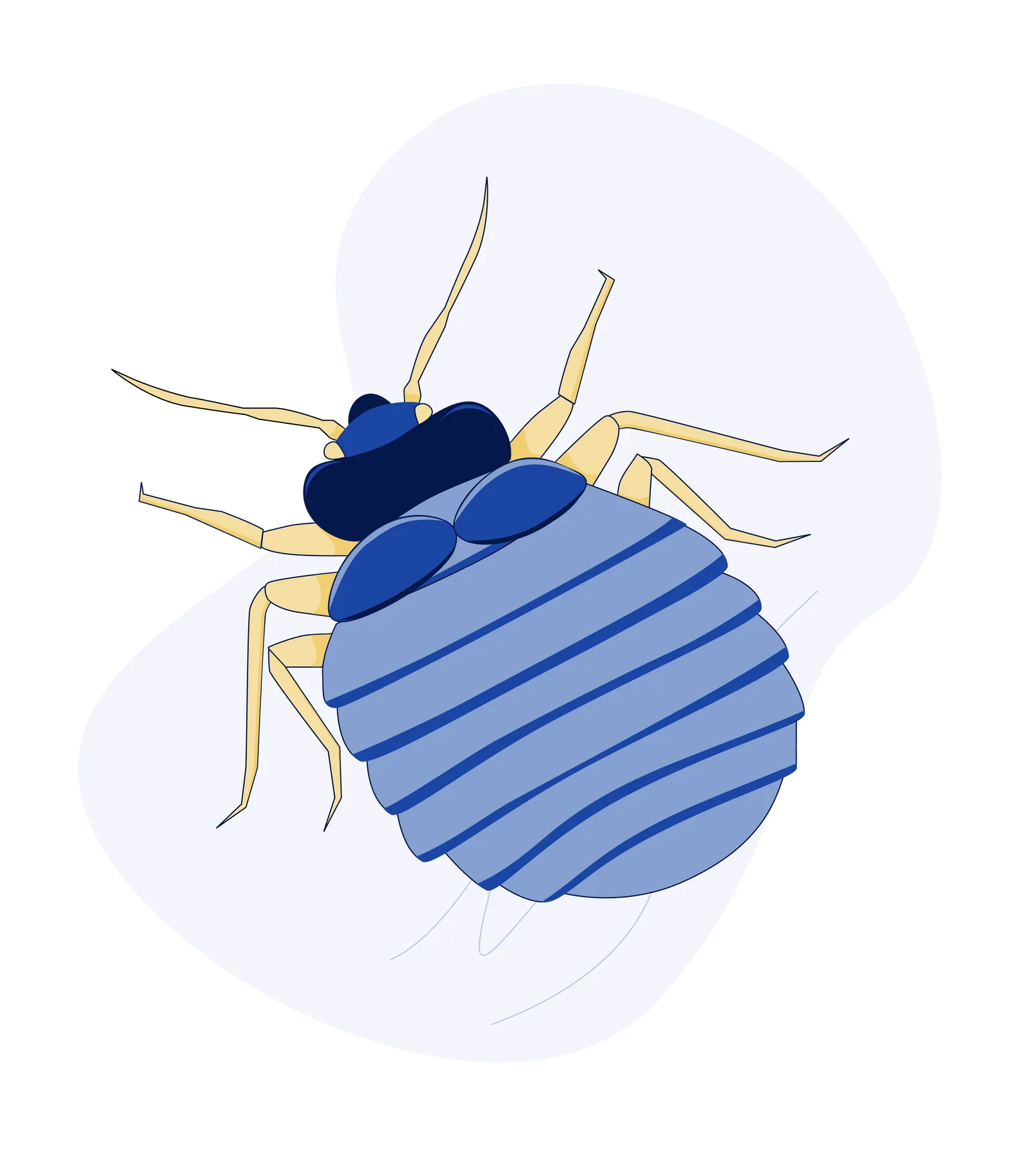Where Do Mice Go During Winter in Provo?

When winter hits Provo, many residents are excited about their outdoor winter activities, but along with their excitement, they often worry about an increase in mice indoors. Unlike some animals that hibernate, mice remain active, seeking warm places to nest and reliable food sources. Understanding where mice go during winter can help you keep your home rodent-free.
Do Mice Hibernate?
Contrary to popular belief, mice do not hibernate during the winter. Instead, they remain active, using nests to stay warm and seeking out food sources to maintain their energy levels. As winter approaches, many mice move indoors, attracted by the warmth and available sustenance in human homes. Additionally, the breeding season for mice peaks in the fall, resulting in new litters that reach maturity quickly—within about a month. This means that when winter arrives, many young mice enter homes searching for refuge from the cold.
Once inside, these mice can reproduce rapidly, leading to a small number of mice turning into a significant infestation in a short period. With temperatures dropping in Provo, your home becomes an inviting sanctuary for these persistent pests.
Where Do Mice Nest in Winter?
Mice are tiny but resilient creatures. They’ll seek out any space that offers protection from the cold and access to food. Here are some common spots where mice hide during winter:
- Attics and Roof Spaces: Attics are a prime location for mice in winter because they’re secluded and often warm. Mice love to nest in insulation, which helps them retain warmth.
- Basements and Crawl Spaces: Mice are twice as likely to settle in basements during winter, especially if there’s a water heater or furnace providing extra warmth.
- Inside Walls and Cabinets: Mice can slip through openings as small as a dime, making walls and cabinets great hiding spots for them. These areas give them easy access to warmth without much disturbance.
- Garages and Sheds: Garages with storage boxes or sheds with extra supplies provide cover, warmth, and sometimes even snacks if pet food or bird seed is stored there.
How Mice Survive the Winter Without Hibernating
Instead of hibernating, mice rely on a few key survival strategies:
- Increased Food Consumption: Mice eat about 20% more in winter to generate body heat. They actively seek food, even at night, making any pantry crumbs or leftover pet food attractive.
- Nest Building: Mice build insulated nests using soft materials like shredded paper, insulation, and fabric. These nests can stay up to 10–15 degrees warmer than their surroundings, helping mice stay comfortable through the coldest nights.
- Seeking Warm Shelter: Provo’s winter temperatures can drop below 21°F (-6°C), so mice often move into homes where they find warmth and reliable food. Research shows that even a small amount of food can sustain them, making kitchens or pet food areas highly attractive.
Why You’re Seeing More Mice Indoors During Provo’s Winter
Provo winters can be quite harsh, often sending mice scurrying indoors in search of warmth. With our heating systems running and food readily available, our homes become cozy nesting spots for these little critters. Mice are particularly drawn to warm areas, like near central heating systems or the snug corners of basements and attics.
Winter is also the best time for pest control, especially since it’s the breeding season for mice. A single mouse can have up to 10 litters a year! If they’ve already found their way inside, they’re likely to stick around and continue nesting. This can quickly turn a few mice into a much larger problem if it’s not dealt with. Taking proactive measures during the winter can help keep your home safe and pest-free!
Quick Tips on Rodent Control in Provo
If you’ve noticed signs of mice, like rat poop or droppings, gnaw marks, and the like, there are effective ways to manage and prevent them from settling in. For Provo residents, rodent control often includes sealing entry points and securing food sources to discourage mice from moving in. Professional pest control can offer a more comprehensive solution to keep homes rodent-free through winter and beyond.
Conclusion
Mice may not hibernate, but they’re always on the lookout for a warm place to nest and eat during winter. Knowing where mice go during winter helps Provo residents understand why they may see more indoor mouse activity each season. By staying mindful of common nesting spots and taking some preventive steps, you can help keep mice at bay and ensure a comfortable, rodent-free winter.







